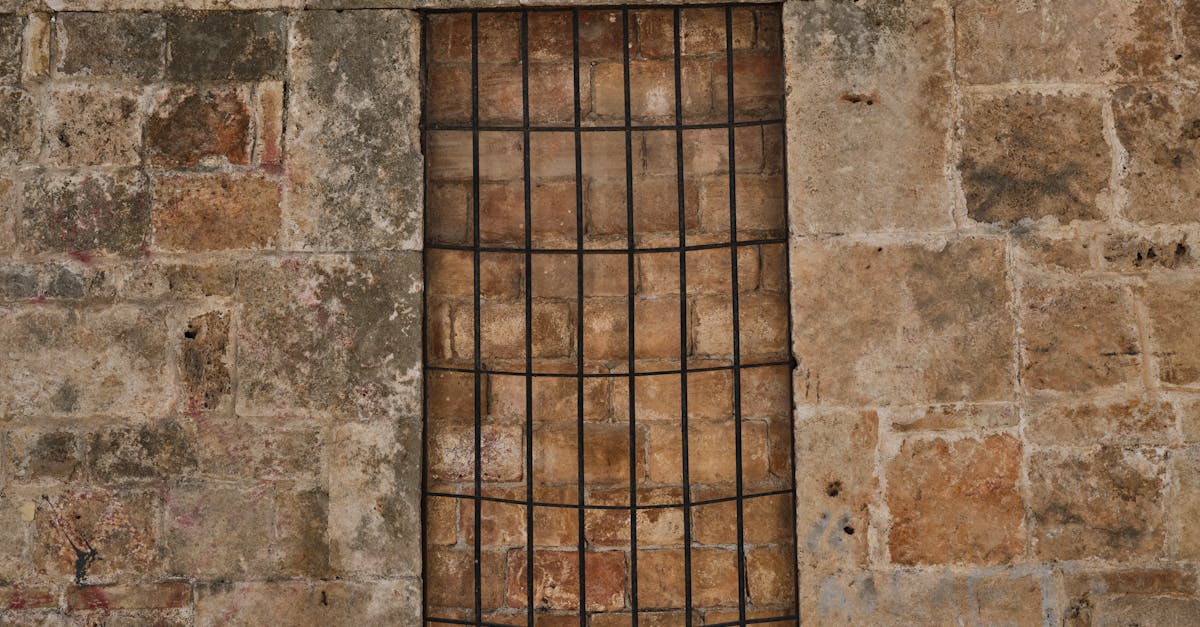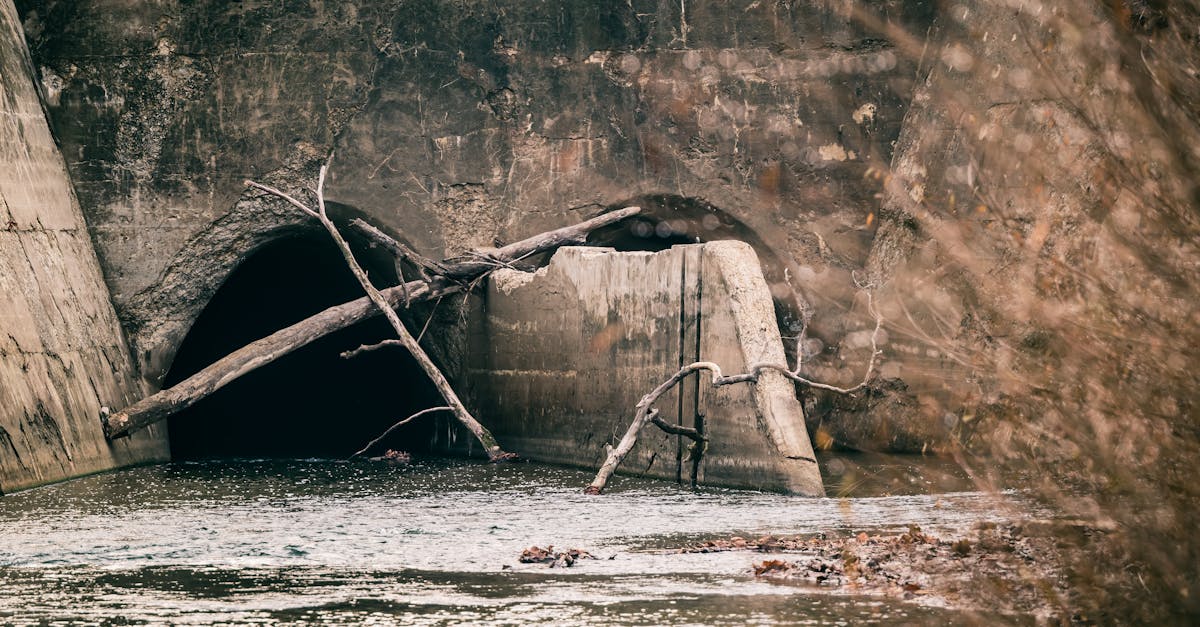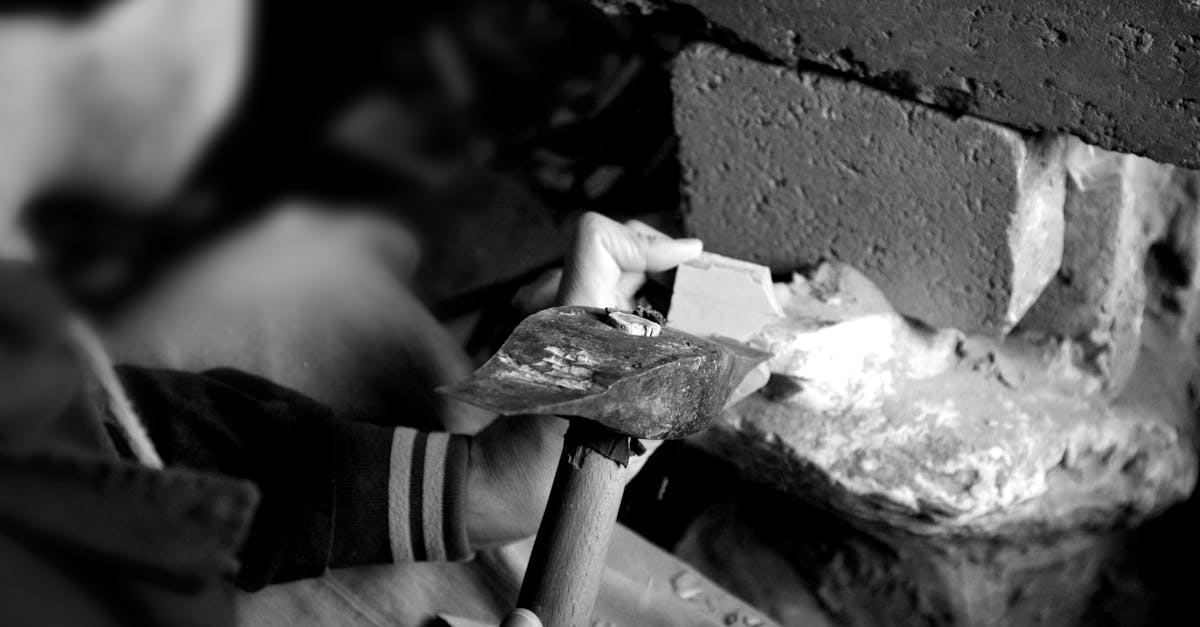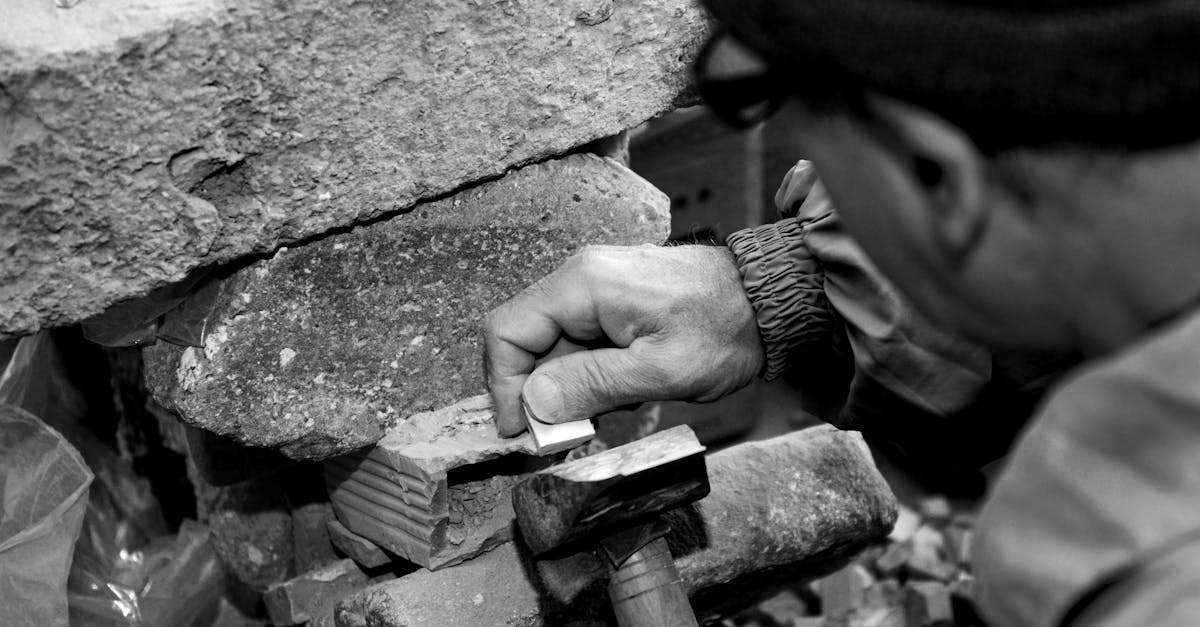
Table Of Contents
Removing the Old Toilet
Removing an old toilet can seem daunting, but with the right preparation, the process can be straightforward. Start by turning off the water supply to the toilet to prevent any leaks during removal. Next, flush the toilet to empty the tank and bowl. Use a sponge or towel to soak up any remaining water in the bowl. Clogs can often complicate this task, so make sure to clear any obstructions beforehand.
Once the toilet is empty, disconnect the water supply line from the base of the tank using an adjustable wrench. Unscrew the nuts securing the toilet to the floor and carefully lift the toilet off the flange, taking care to keep the wax ring intact. As you undertake this project, remember that while you may feel comfortable with the plumbing aspect, it could be advantageous to consult a professional for toilet installation and repair to ensure everything is handled correctly.
Safe and Effective Methods for Removal
Preparing to remove an old toilet involves several essential steps. Begin by turning off the water supply valve located behind the toilet. Next, flush the toilet to empty the tank, ensuring minimal residual water remains. Use a sponge or towel to soak up any leftover water in the bowl and tank. Once the toilet is emptied, disconnect the water supply line. Carefully place a bucket or towels under the connection to catch any water that may spill during removal.
When it comes to removing the toilet itself, locating the bolts that secure it to the floor is crucial. Use a wrench to loosen and remove these bolts. If the toilet appears stuck, gentle rocking from side to side may help break any sealant or wax that may be holding it in place. After detaching the toilet from its base, lift it straight up to avoid damaging the flange. Proper handling during this process is important, especially for those not familiar with toilet installation and repair.
Installing the New Toilet
To begin the installation of your new toilet, ensure the area is clean and ready for the new fixture. Position the toilet bowl over the wax ring, aligning the holes in the base of the toilet with the bolts on the floor. Gently press down to create a seal with the wax ring. It's important to ensure that the toilet sits level and does not rock. Once in position, secure the toilet by tightening the nuts onto the bolts, taking care not to overtighten, as this may crack the porcelain.
Next, attach the tank to the bowl if it is a two-piece toilet. Align the tank’s bolt holes with those on the bowl and insert the bolts, securing them loosely at first. This allows for adjustments to ensure everything is aligned properly. Once satisfied with the alignment, tighten the bolts, but again, avoid overtightening. Toilet installation and repair often require careful execution, so take your time during this step. Finally, connect the water supply line to the tank’s inlet valve, ensuring all connections are secure to prevent leaks.
StepbyStep Guide to Installation
Begin by preparing your workspace. Ensure the floor is clean and free of any debris. Position the new toilet carefully over the flange, aligning the bolt holes with the flange bolts. Gently lower the toilet onto the wax seal, ensuring a snug fit. You may need assistance for heavier toilets to avoid any damage. Once positioned correctly, press down evenly to create a secure seal.
Next, secure the toilet to the floor using the nuts provided with your unit. Tighten these nuts evenly to avoid cracking the porcelain. After that, attach the tank to the bowl, following the manufacturer's instructions for placement. Make sure all connections are firm but not overtightened, as excess force may cause leaks or damage. Toilet installation and repair often require precision, so double-check each step before moving forward.
Connecting the Water Supply
Connecting the water supply to your new toilet is a crucial step in the installation process. First, locate the shut-off valve for your water supply line, usually found on the wall behind the toilet. Ensure that the valve is in the off position before proceeding. Attach the water supply line to the fill valve on your new toilet, making sure to tighten the connection securely with an adjustable wrench. Take care not to overtighten, as this can damage the fittings.
Once the supply line is attached, turn the shut-off valve back on slowly. Observe the area for any leaks around the connection. If any leaks are present, tighten the fittings slightly until the leaks stop. Toilet installation and repair often require careful attention to detail to ensure everything functions correctly. After confirming there are no leaks, flush the toilet to check that it fills as expected.
How to Properly Connect Your New Toilet
Connecting the water supply to your new toilet is a crucial step in the installation process. Begin by ensuring that the water supply valve is turned off. Position the toilet close to the wall and locate the fill valve at the back of the cistern. Use a flexible water supply hose to connect the fill valve to the shut-off valve on the wall. Make certain that both connections are secure but avoid over-tightening to prevent damage to the fittings.
After connecting the water supply, turn the shut-off valve back on slowly while checking for leaks. Allow the cistern to fill completely, and then flush to test the function of the toilet. If everything operates smoothly without any leaks, you have successfully connected the water supply. Proper toilet installation and repair not only enhance bathroom functionality but also contribute to water conservation.
FAQS
How long does it typically take to replace a whole toilet?
Replacing a whole toilet can take anywhere from 2 to 4 hours, depending on your experience level and whether any complications arise during the process.
Do I need special tools to replace a toilet?
While you don't need many special tools, having a wrench, a screwdriver, a putty knife, and a bucket will make the job easier and more efficient.
Can I replace a toilet myself, or should I hire a plumber?
If you have basic DIY skills and the right tools, you can replace a toilet yourself. However, if you're unsure or uncomfortable with plumbing tasks, hiring a plumber is a good option.
What should I do if I encounter a leak after installing the new toilet?
If you notice a leak after installation, first turn off the water supply, then check all connections for tightness. If the leak persists, you may need to reseal the toilet or consult a plumber.
Are there any specific codes or regulations I should be aware of when replacing a toilet?
Yes, it's important to check local plumbing codes and regulations, as they can vary by area. Ensuring your installation meets these codes is crucial for safety and compliance.





























